全部商品分类
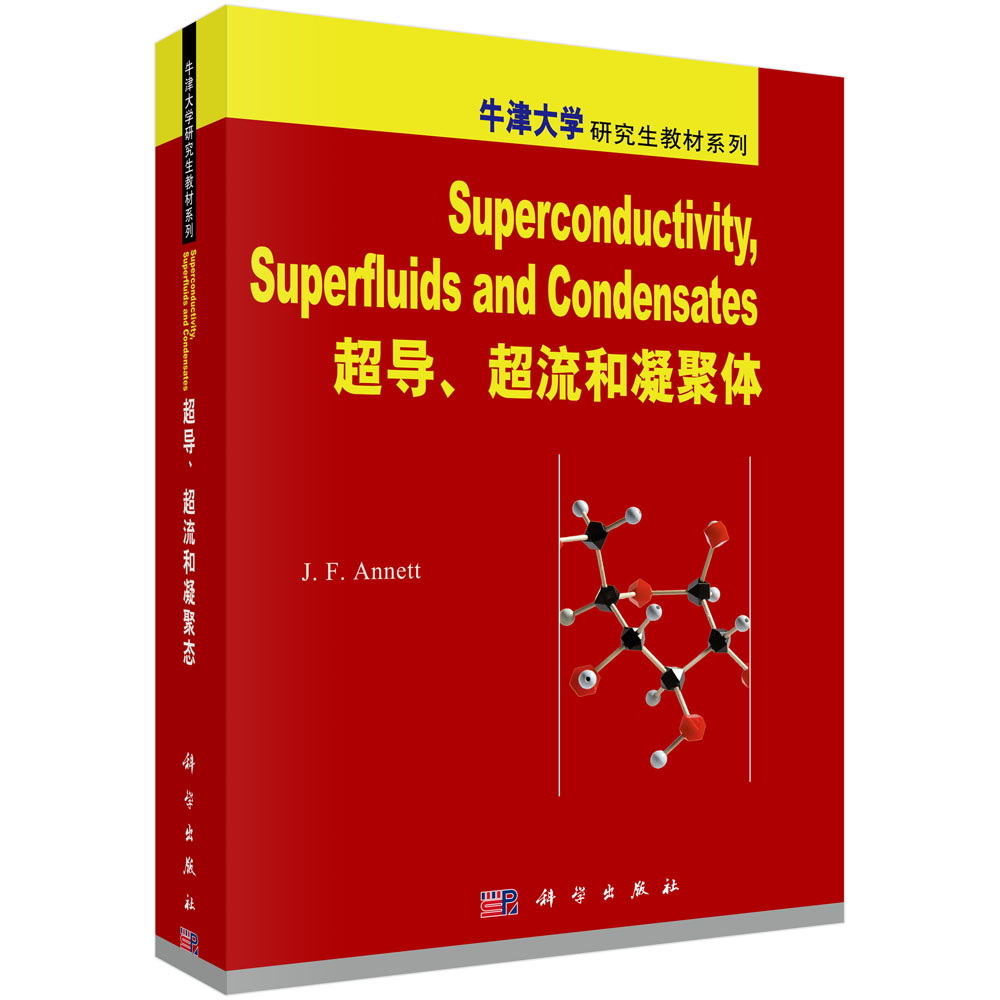
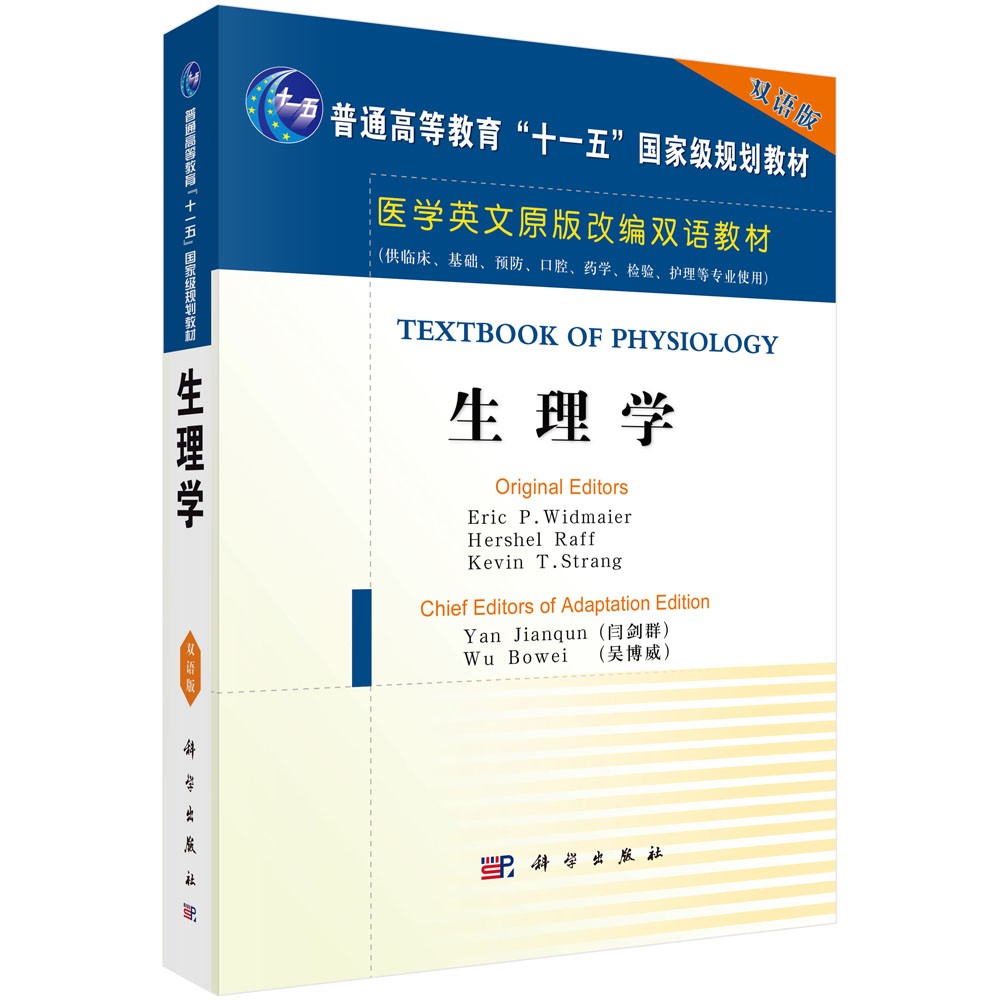
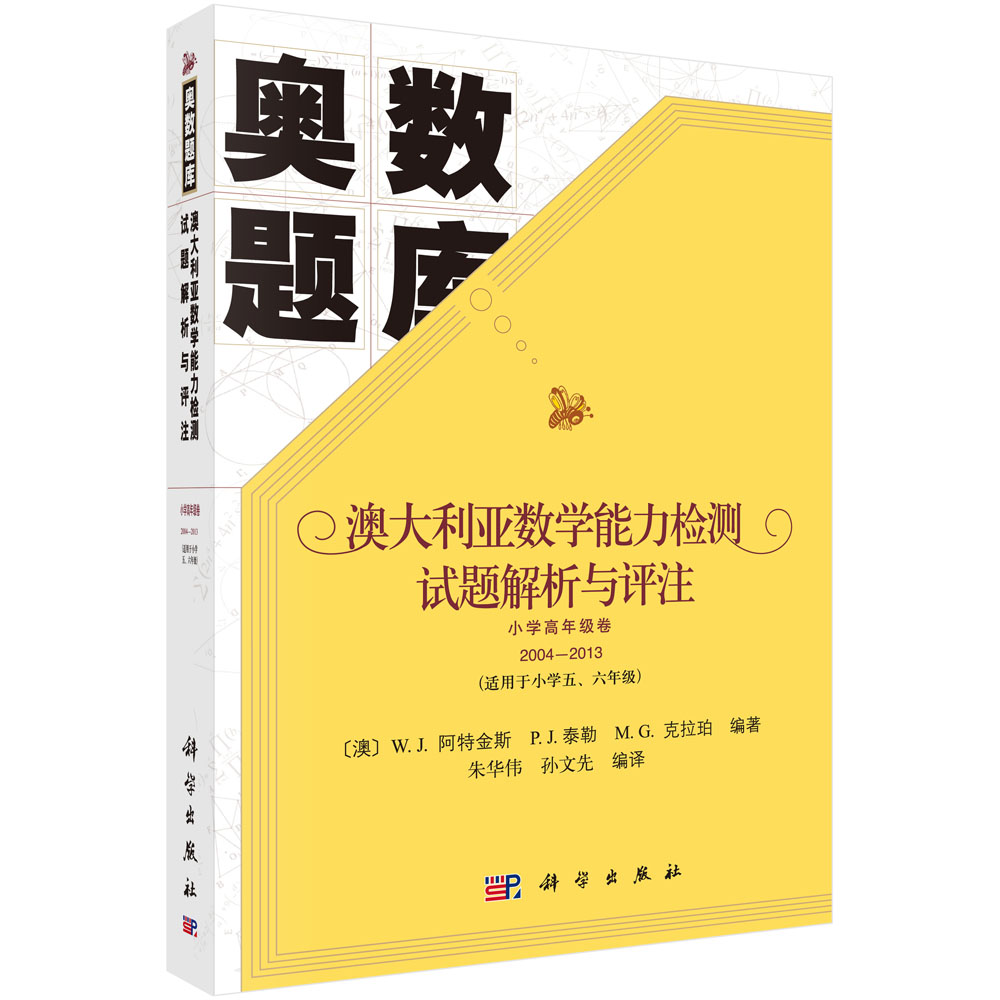


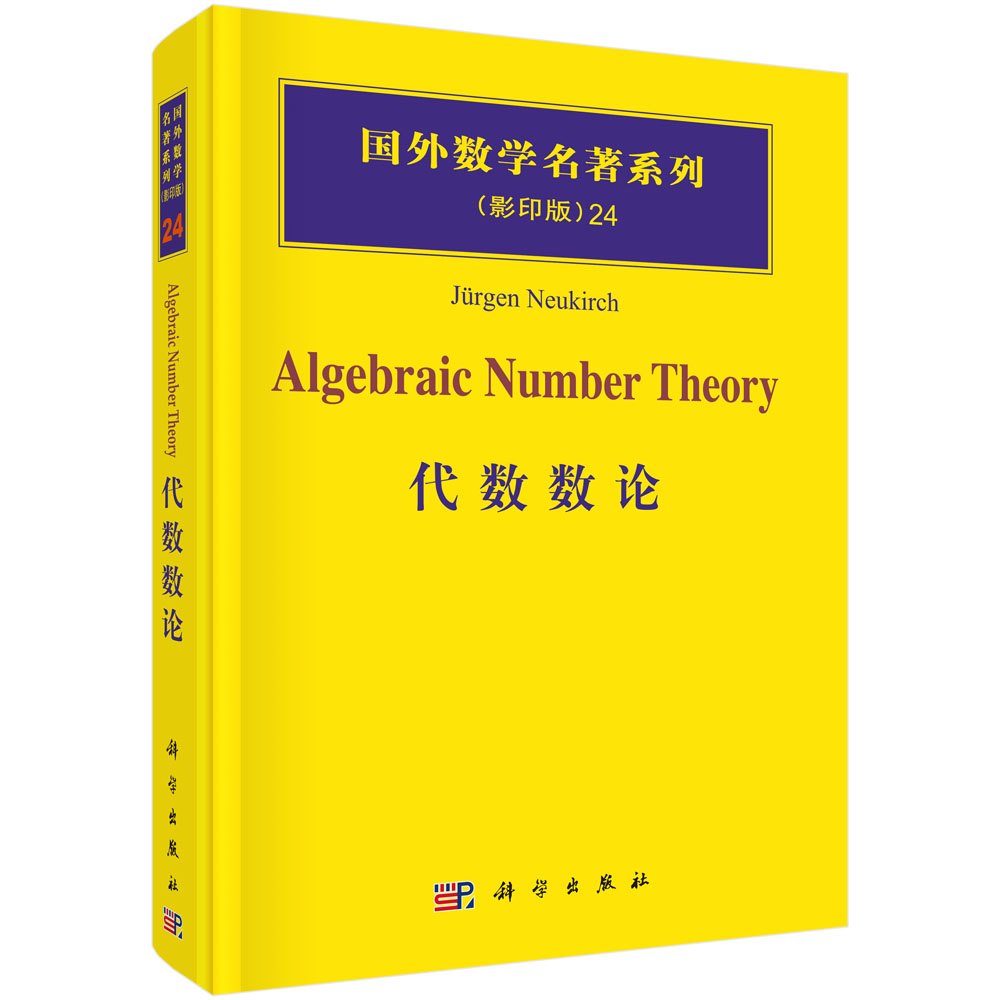
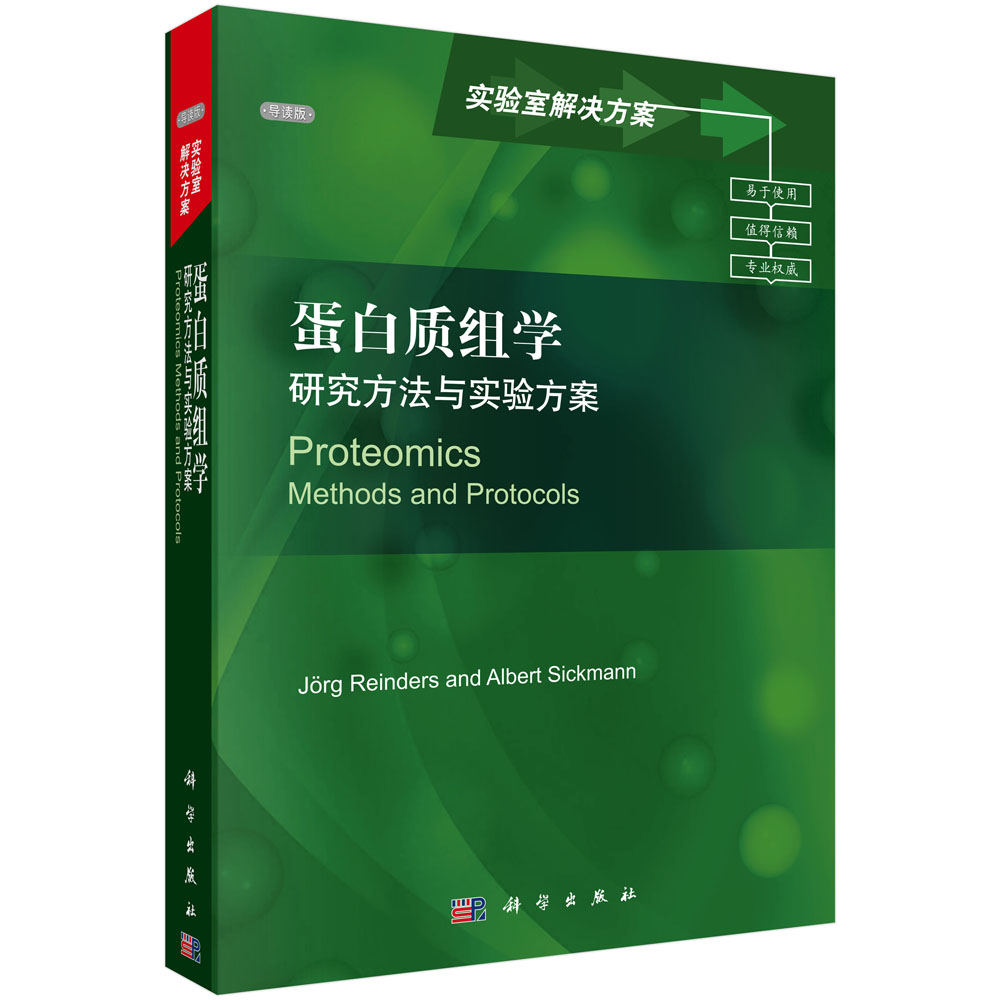
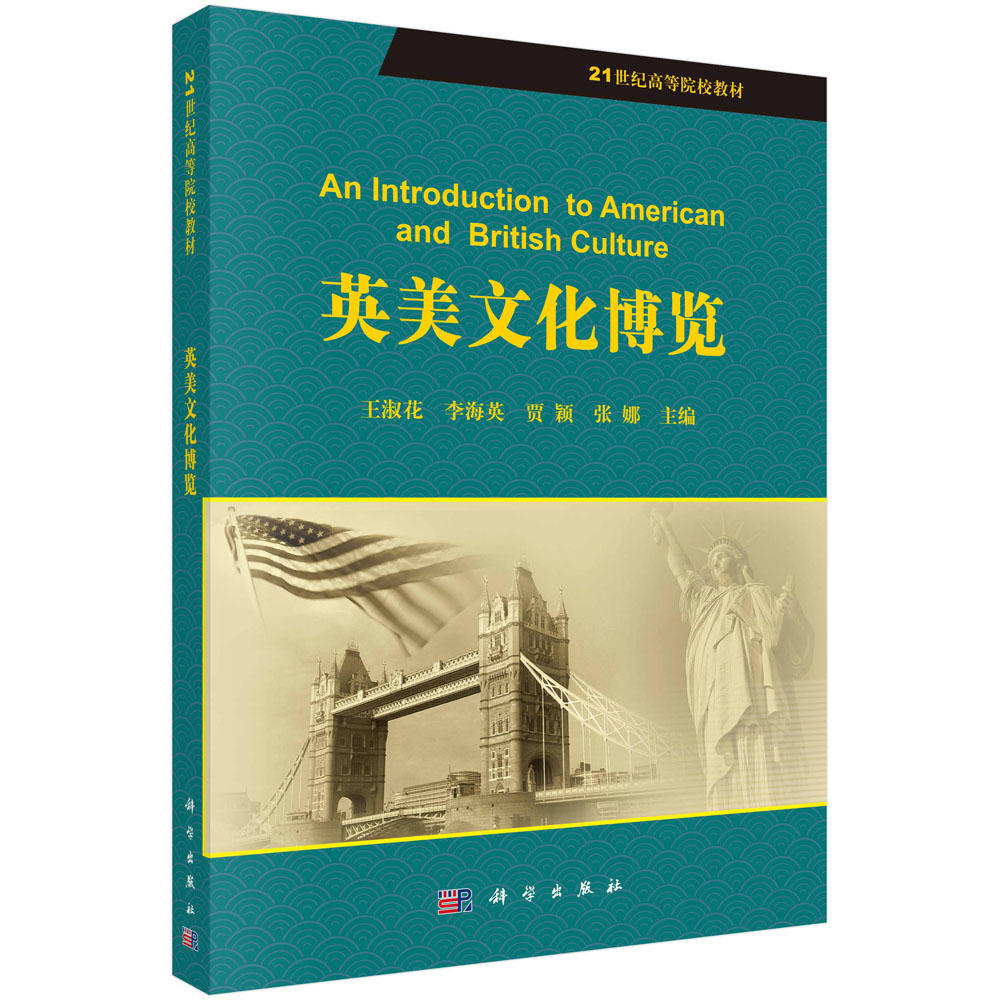
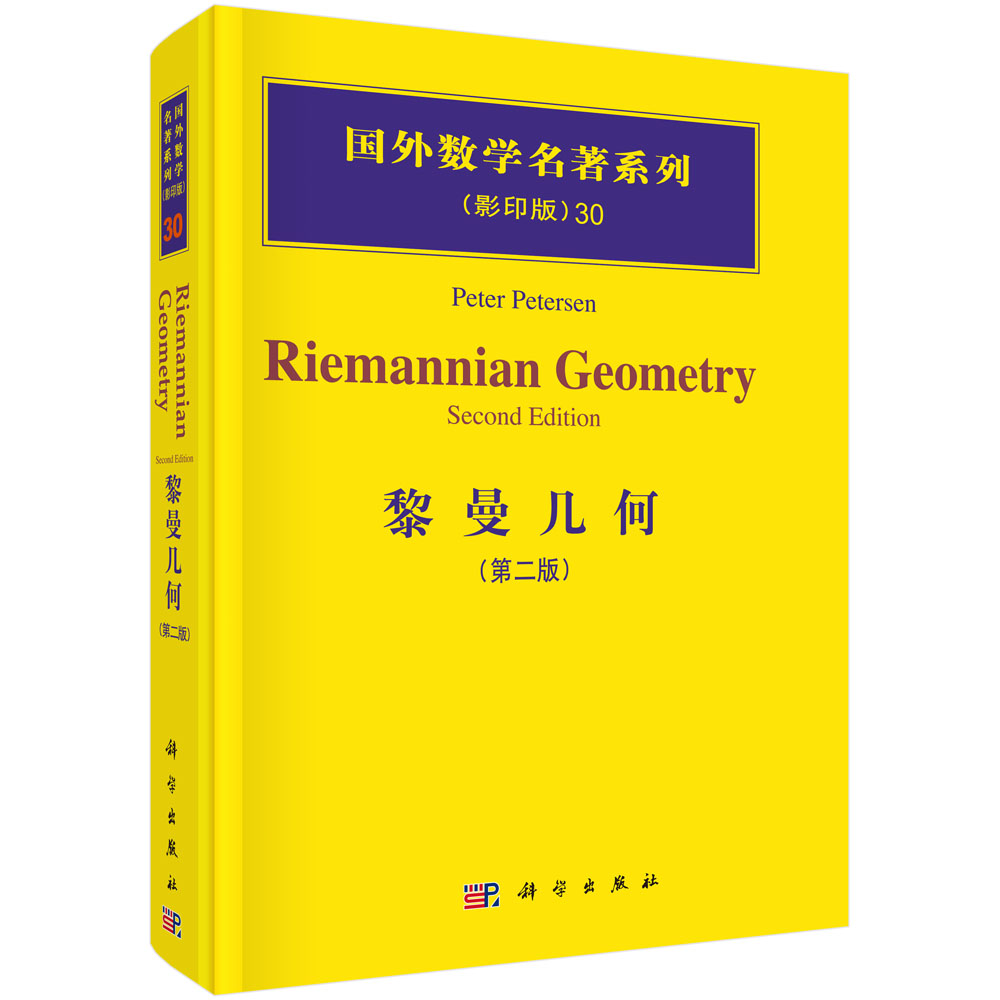
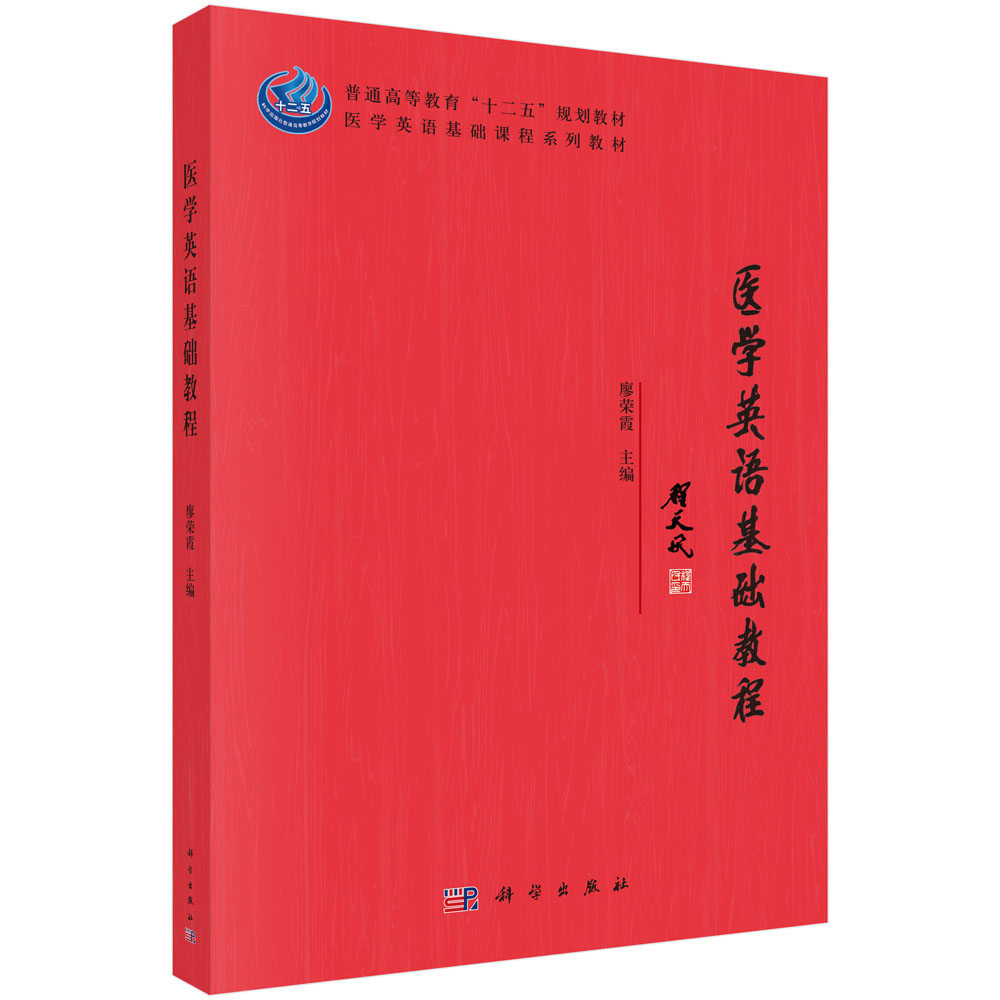

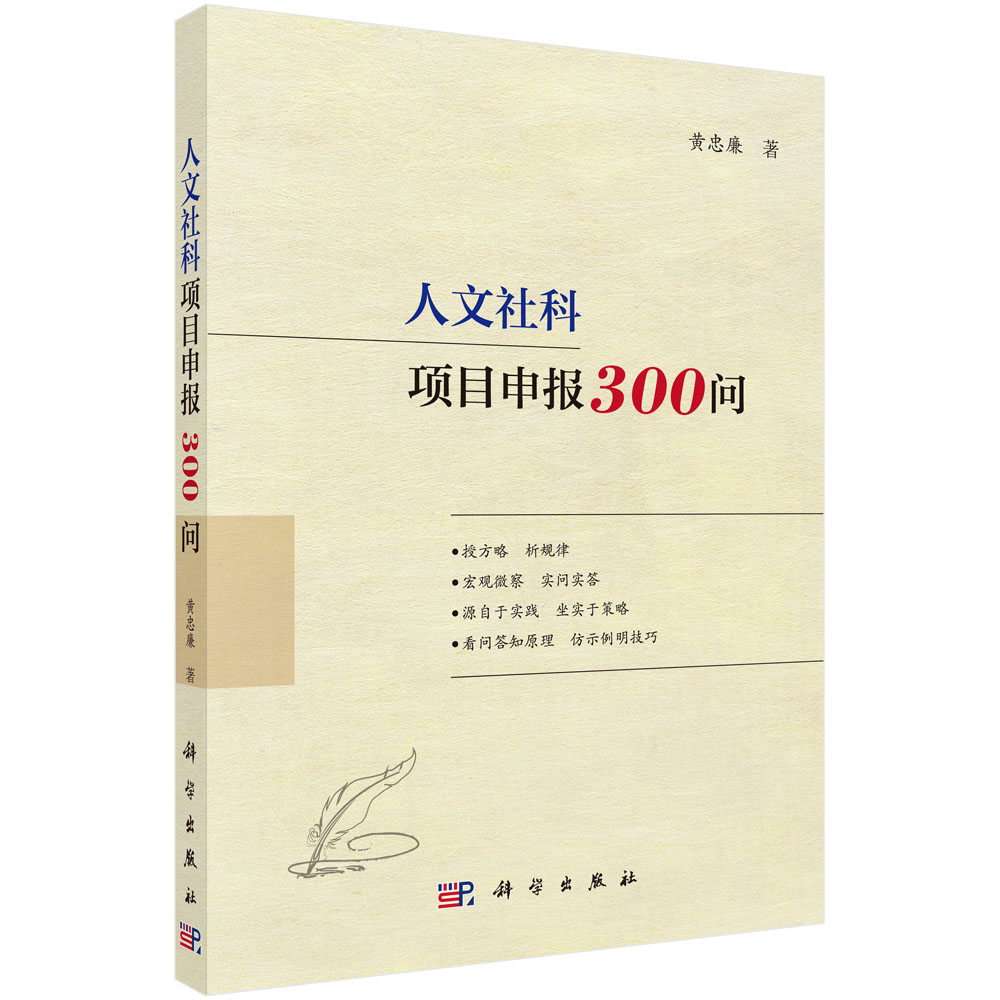



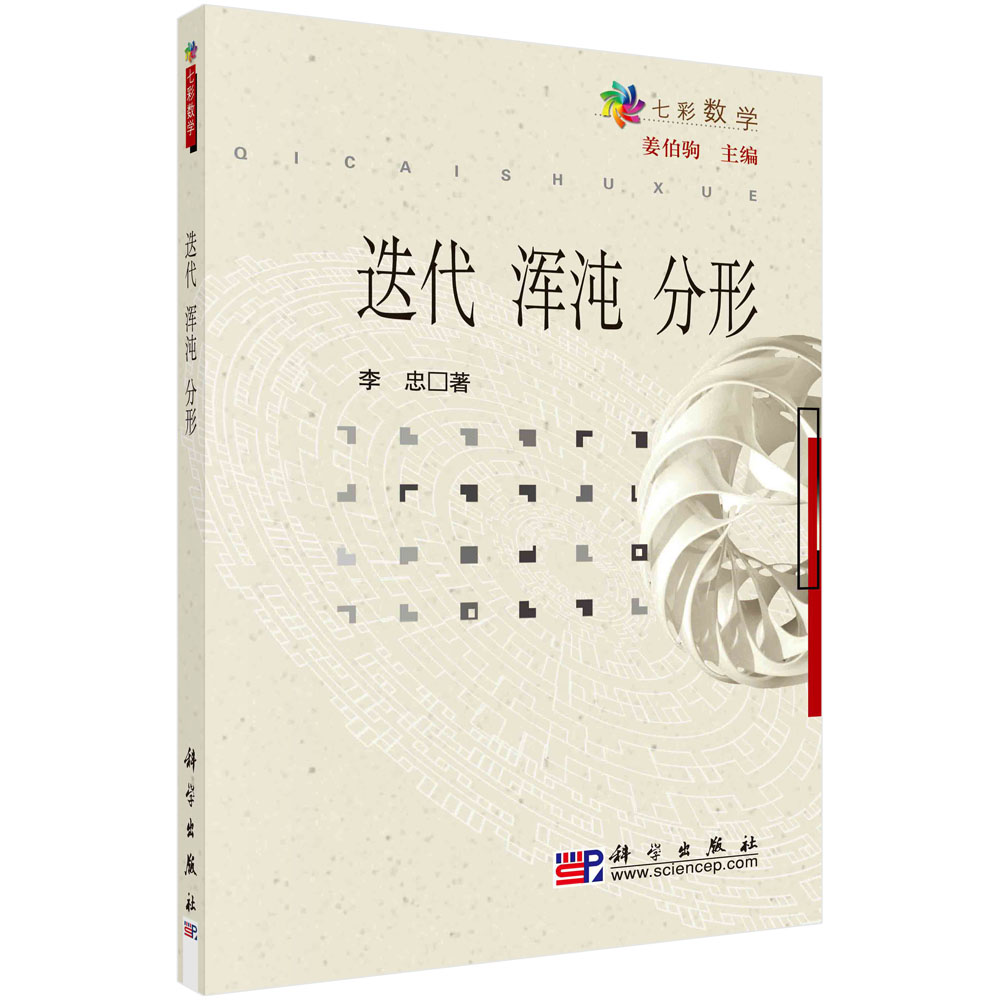



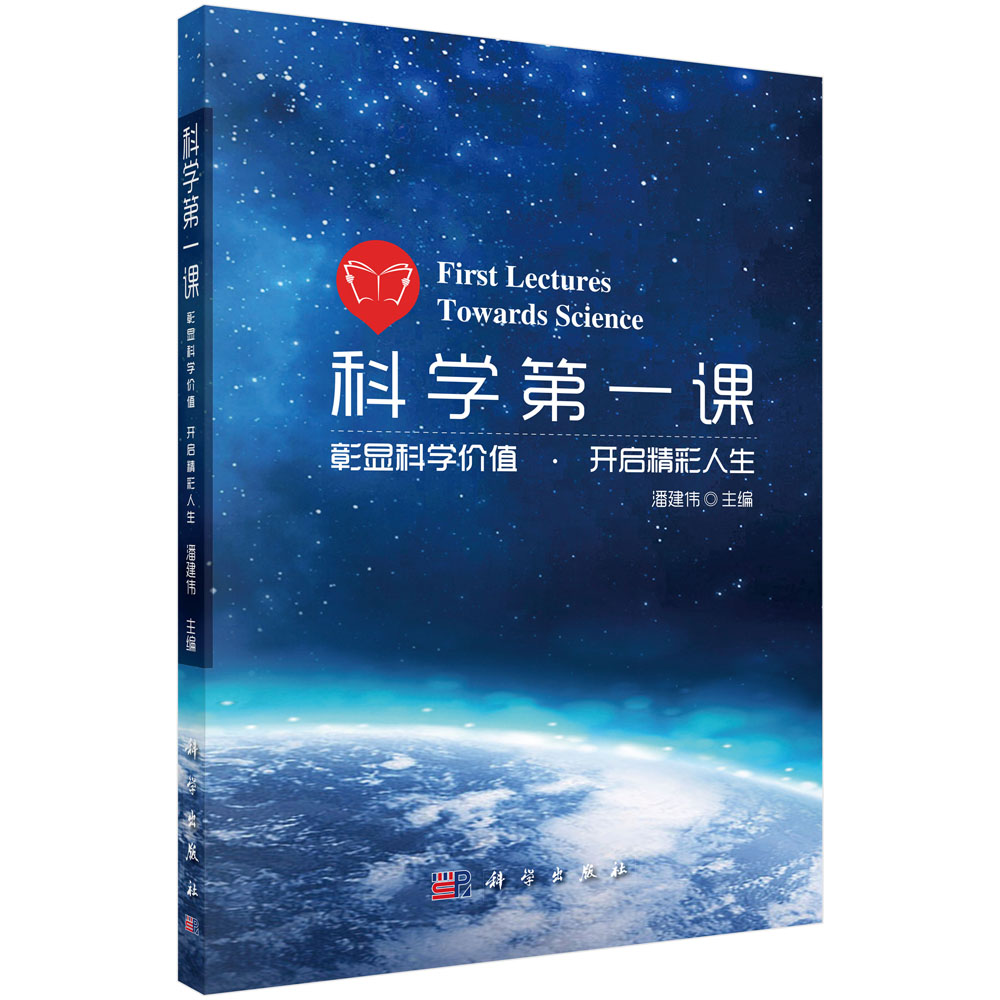







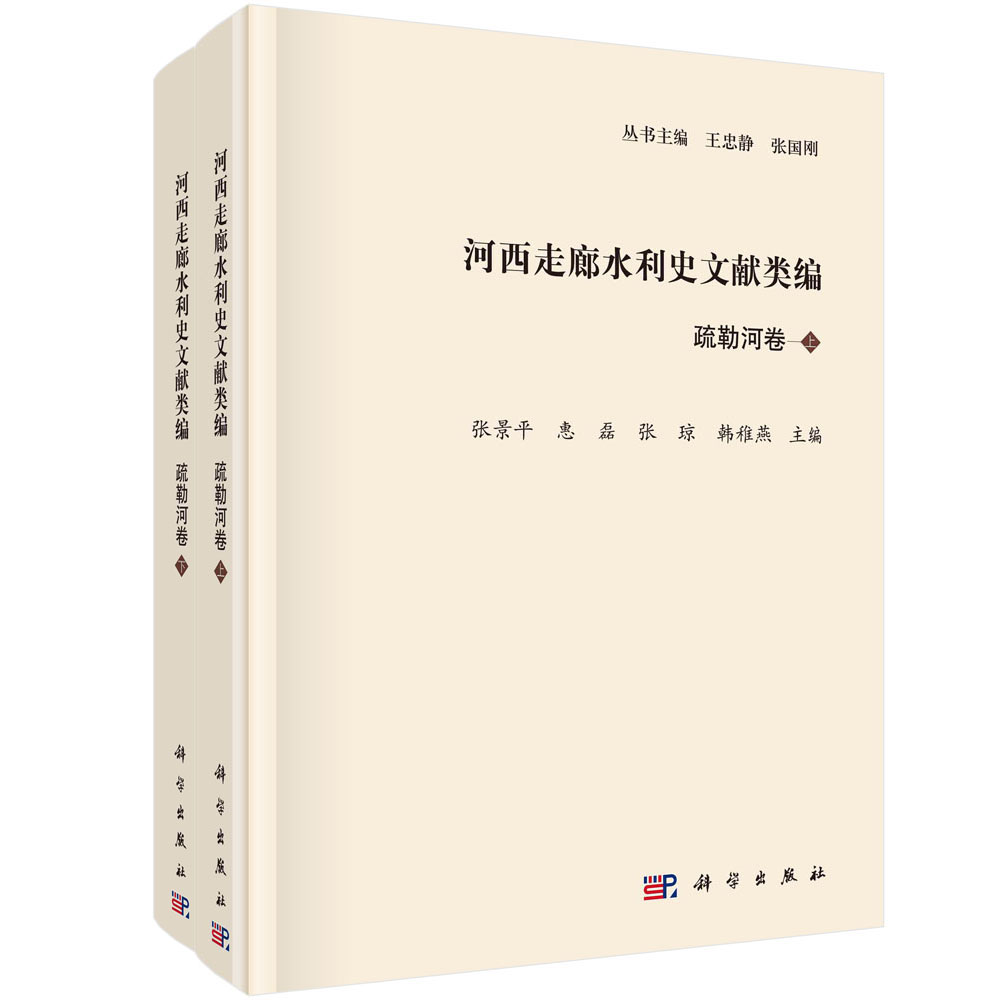

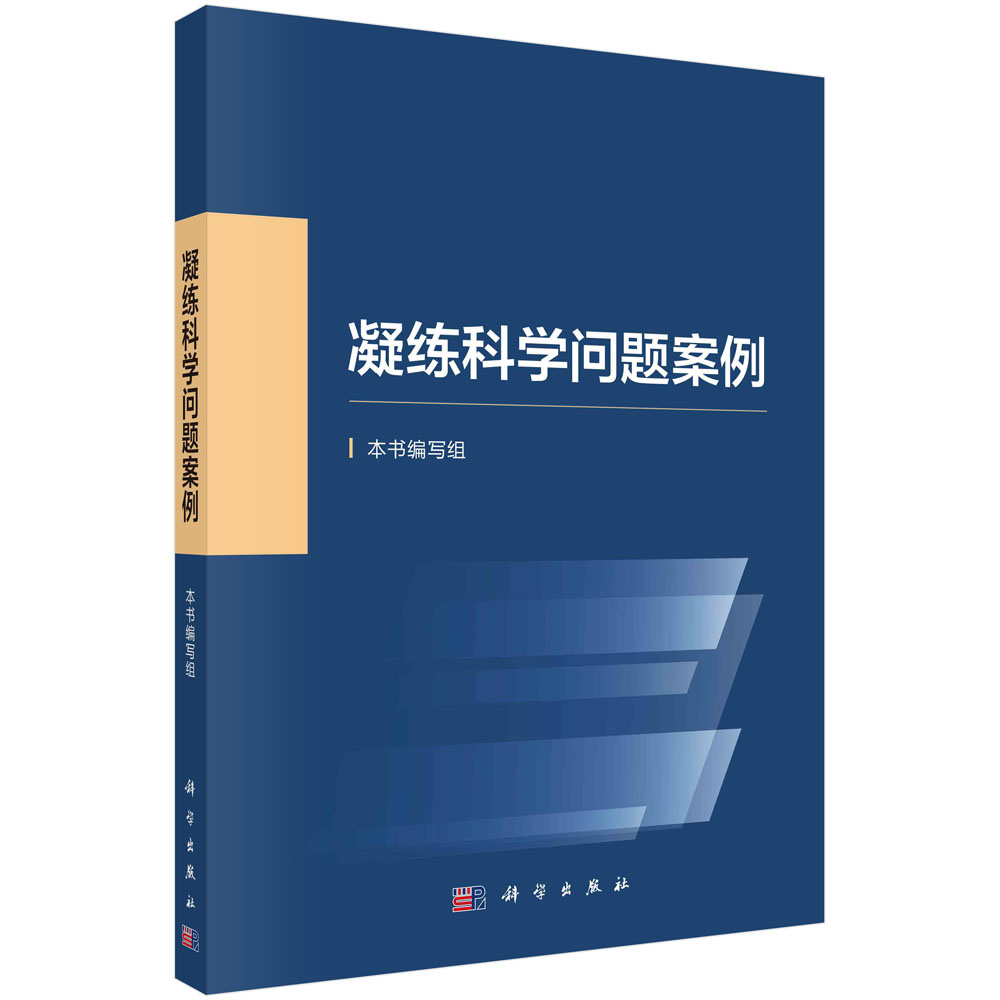
With the rapid development of modern railway, passengers and residents become more concerned about the train-induced vibration and noise along the railway. New technology need to be applied to measure, evaluate and control the vibration and noise. Vehicle-track coupling dynamic simulation is such a proven and practical tool. By coupling the vehicle system and track system through wheel rail interaction, one coupling vehicle-track coupling model can be established and solved.
Modern railway also calls for new structure and technology, such as Continuous Welded Rail, high speed turnout, slab track, etc. This book can provide sufficient support to develop new structures of modern railway.
样章试读
- 暂时还没有任何用户评论
全部咨询(共0条问答)
- 暂时还没有任何用户咨询内容